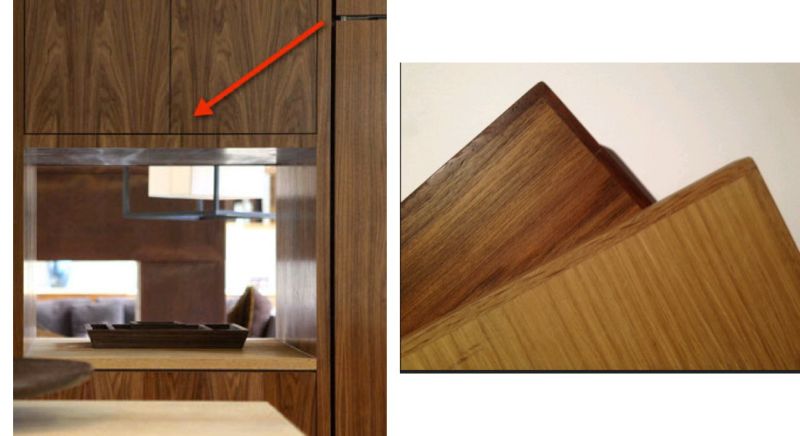Q.
I'm going to school and making a grandfather clock for a client. What considerations do I need to make when laying up figured veneer over a solid substrate? My use of figured veneers to this point has been on composite substrates.
In the case of this clock, I am planning to veneer the faces (and balance the back) of the stile and rail on the door (max. 2" wide). Probably maple burl over cherry or crotch mahogany on cherry.
Would it help to use matching species? Is crossbanding beneficial? How wide can the solid substrate be before I can expect problems? (I know, I can always expect problems...) This is a classic application of veneer, but I'm not sure what the potential pitfalls are and how to avoid them, though I'm sure there are plenty. Also I'd appreciate any suggestions for further reading on the subject.
Forum Responses
What you are doing sounds good. Balance veneers of equal thickness or near equal thickness. About the substrate, a good MDF or MR plywood will do fine. For your purposes width is not a limitation. Just make sure that all wood/substrate are acclimatized so you have no MC differential (a clock like that will be in a reasonably dry environment). If possible you should mfr the clock to suit its in-service moisture content.
The main problem is that thick wood has more movement that thin sliced wood. Meaning that if the substrate moves more than the veneer can stand, a split, crack or blister will occure.
Have you built the clock yet? Why not use MDF as a substrate where the veneering is going to be and solid wood on the parts that don't get the fancy grain veneer? I think this would make your job better over all.
Moisture in solid hardwood lumber is common to be found from 9% to 12%. Veneer is found to be 6 to 9% moisture. This difference can be a factor in veneering.
Locke Wilde, forum technical advisor
The panels on this clock can easily be laid on MDF (I was planning on crossbanded two ply over bending plywood for a radiused panel), but the stile and rail door needs to be solid for M&T joints and exposed edges. I can change the design if you think it isn't wise to veneer solids at all, but I would sure like to go according to plan if I can be confident of its longevity. (I have been using Unibond 800 for gluing with a vacuum press.)
One other hint: after forming your bending plywood to the shape you need, coat the bending board with a PVA adhesive and let dry hard before you apply your two ply veneer.
Locke Wilde, forum technical advisor
